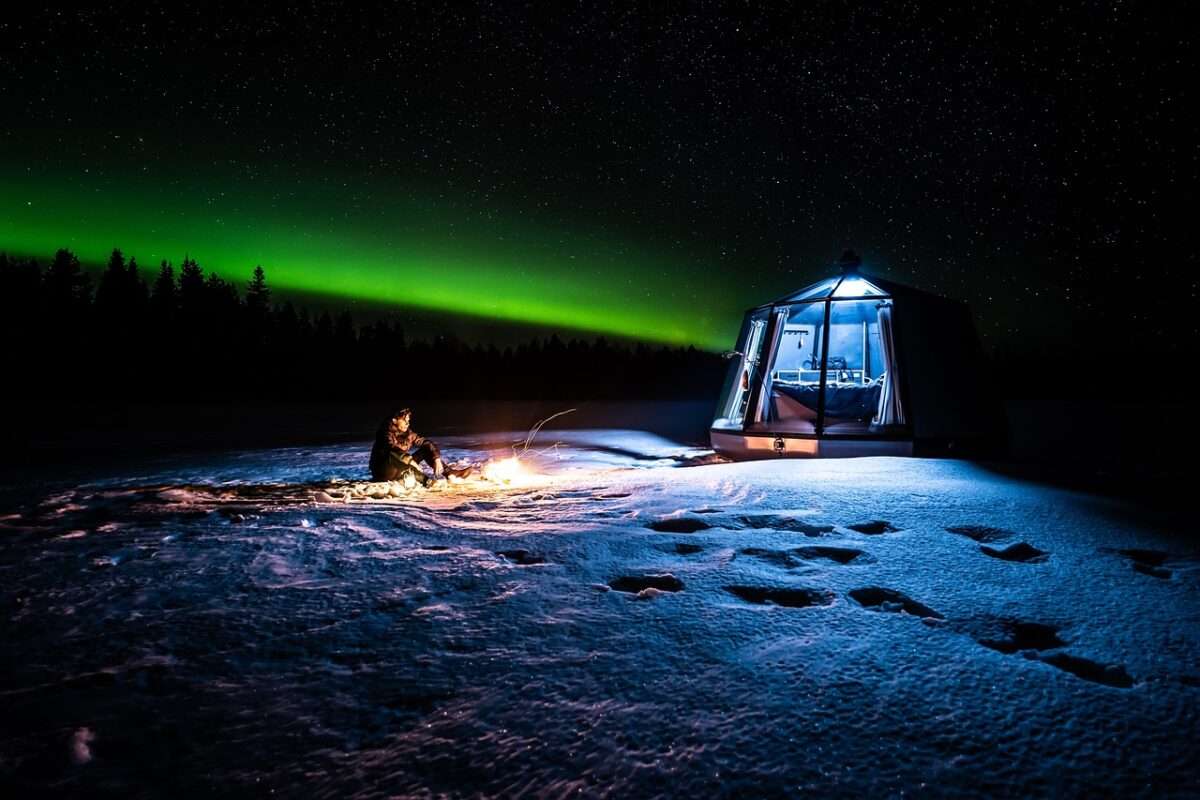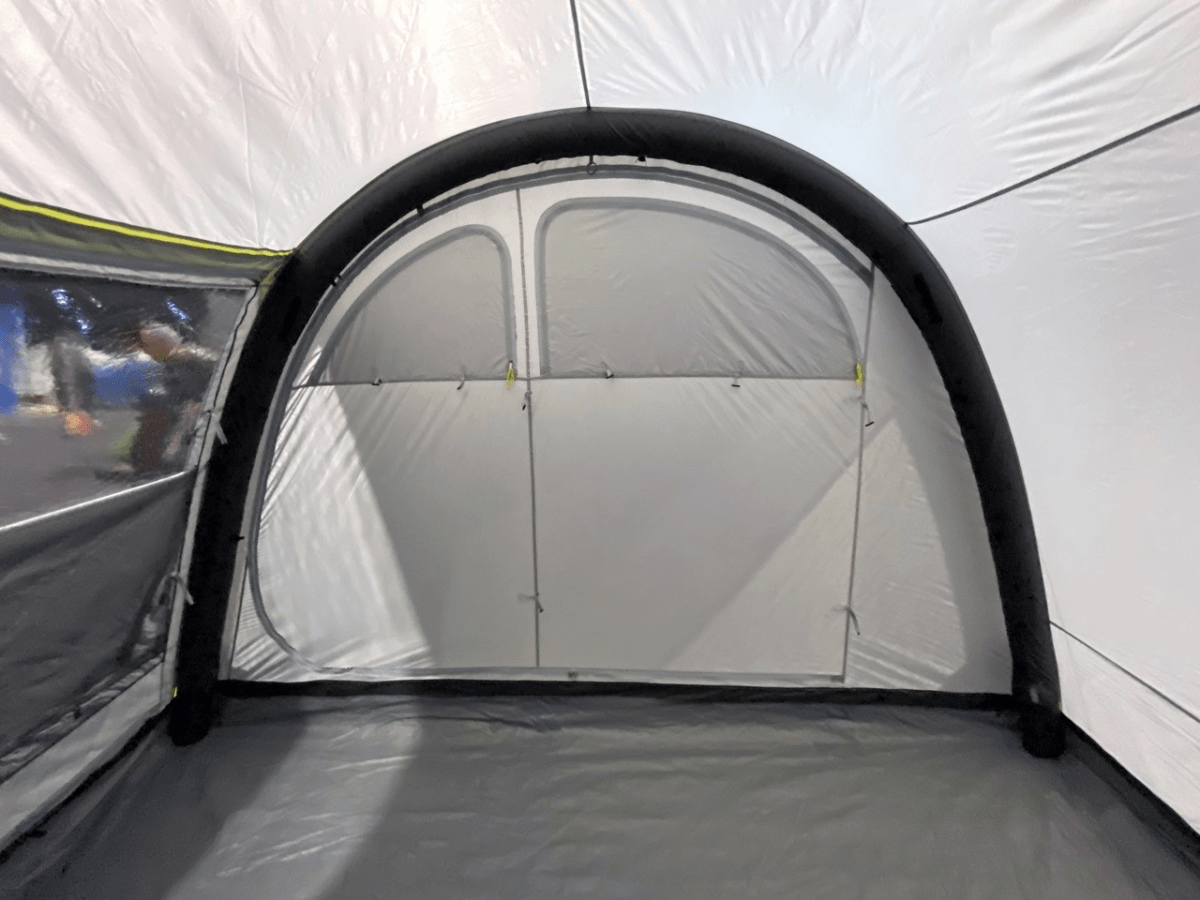Winter, with its serene landscapes and peaceful tranquility, can be a truly magical time for camping. However, the beauty of nature’s winter wonderland can quickly fade if you find yourself shivering in the cold. The key to a successful and enjoyable winter camping trip lies in perfecting the art of insulation. Properly insulating your tent can turn it into a cozy refuge from the cold. Never tried winter camping before? Don’t worry! This comprehensive guide will expertly guide you on how to insulate a tent for winter camping.

Choosing the Right Tent
Your journey to efficiently insulating a tent for winter camping starts with choosing the right tent. Tents used for winter camping, often called ‘four-season tents’, differ greatly from their ‘three-season’ counterparts. These tents are specifically designed to withstand harsh winter weather, with characteristics such as a sturdy frame, wind-resistant shape, and fabric that can last under heavy snow. When considering a tent, look for a model with a high peak for shedding snow, a sturdy structure to stand up to strong winds, and durable, water-proof material. It should be able to trap heat effectively, provide adequate ventilation to tackle condensation, and have ample room for additional insulating materials and gear.
Creating a Solid Base
One of the biggest sources of cold in your tent is the ground. If not properly insulated, the freezing ground can quickly leech away all the warmth from your tent. Start by picking a spot that’s free from snow, if possible. Next, lay down a tarp, tent footprint, or even a space blanket beneath your tent. This will serve as a barrier between your tent and the cold ground. Additionally, you can use a specialized roll mat or an inflatable camping mattress inside the tent to provide an extra layer of insulation from the icy floor. Not only will this add an additional insulating layer but also provide a bit of comfort against the hard ground.

Insulating Tent Walls
While insulating the floor is necessary, it’s equally important to insulate your tent’s walls and roof. You can use various materials like thermal blankets, reflective foam mats, or even bubble wrap for this purpose. Attach these materials to the interior walls and roof of your tent, ensuring they don’t obstruct the tent’s ventilation system while adding the much-needed thermal barrier. Remember, the goal is to retain heat inside while ensuring adequate ventilation to prevent condensation.
Tent Carpet and Reflective Covers
With the floor and walls taken care of, another useful addition to your insulation arsenal is a good tent carpet or rugs. A carpet doesn’t just add an extra layer of insulation to the floor, but also provides a cozy, homely feel to the tent, making your stay more comfortable. On the outside, consider using a reflective cover or a tarp over your tent. It will reflect the body heat that might otherwise escape through the roof and will provide an extra layer of protection against rain, snow, or wind.

Sealing Entrances & Ventilation
It’s common for cold drafts to find their way in through the tent’s door or other openings, especially in windy conditions. Keep your tent door zipped up as much as possible and consider hanging a thermal blanket over the door for extra insulation. While most winter tents come with built-in ventilation options, in case yours doesn’t, ensure to create small ventilation holes to allow moisture to escape and prevent condensation.
Portable Heaters
Though not essential, portable space heaters can come in handy when the temperature drops to freezing points. These heaters can be powered by various fuel types like propane or electricity (if you’re camping at a site with electric hookups). Make sure to follow the necessary safety measures while using heaters, like keeping them on a flat surface, not leaving them unattended, and ensuring proper ventilation inside the tent to prevent carbon monoxide build-up.

Warm Sleeping Gear
Furthermore, invest in high-quality, cold-rated sleeping bags. Pair them with sleeping bag liners for added warmth, and heated sleeping pads for comfort. Wearing thermal clothing or fleece sleepwear will also add to your comfort.
Winter camping isn’t just for the brave-hearted! Anyone can learn to love it with some preparation and the right gear. Insulating your tent for winter camping can transform your camping experience from a teeth-chattering shivering fest to a cozy getaway among the snow. Combine the right tools and materials, with these practical tips and tricks on how to insulate a tent, and you’ll be well-equipped to fully embrace and enjoy the captivating allure of winter camping. For more tips and expert advice on camping and outdoor adventures, don’t forget to follow Campiffy to stay up-to-date on the latest camping trends, tips, and tricks. Happy camping!
